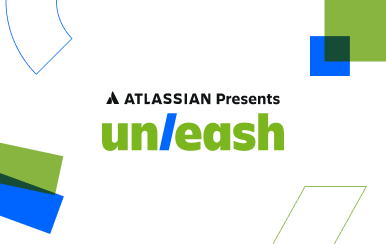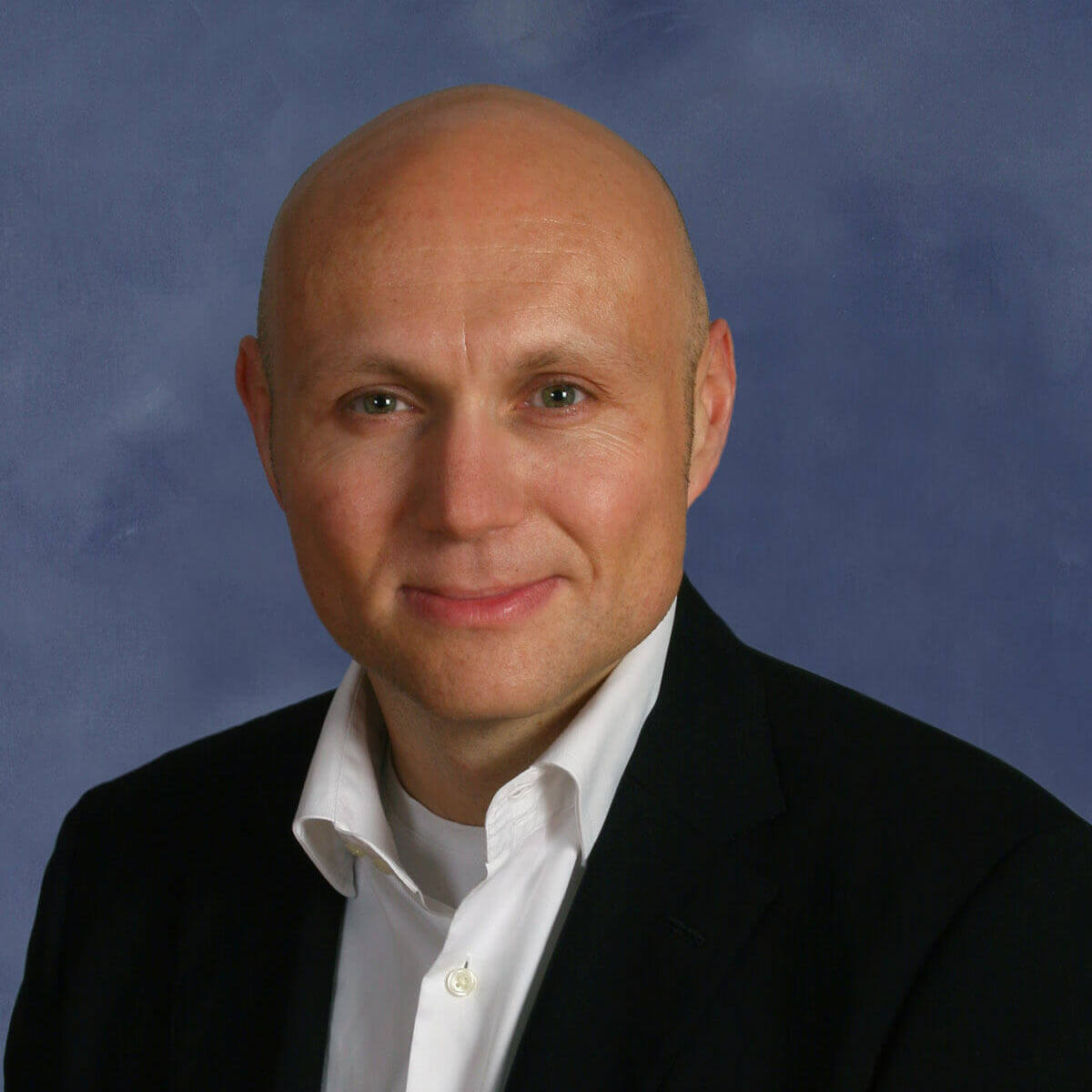What are the three scrum roles?
Scrum has three roles: product owner, scrum master, and the development team members. While this is pretty clear, what to do with existing job titles can get confusing. Many teams ask if they need to change their titles when adopting scrum. The short answer is no.
In this article, we’ll define scrum roles and how you can fold them into your organization, without printing new business cards.
Scrum roles vs. job titles
The three scrum roles describe the key responsibilities for those on the scrum team. They aren’t job titles. This means that any job title, even your existing ones, can perform one of the roles. Because the essence of scrum is empiricism, self-organization, and continuous improvement, the three roles give a minimum definition of responsibilities and accountability to allow teams to effectively deliver work. This allows teams to take responsibility for how they organize and to keep improving themselves.
Building a scrum team
Scrum is a framework for teams to build their processes on top of. It provides the basic structure for regular meetings, artifacts, and who does what.
What it doesn’t do is provide a one-size-fits-all model for teams to work within. For example, if the team is working on a web insurance application, they will need people who know the technology, the back-end systems, and the business domain. If, on the other hand, the team is working on the next generation of Donkey Kong, the skills needed would be very different. They would include a graphic designer, sound engineer, and graphics developer. Because the problems are different, the team structures and skills needed are also different.
This gets even harder the more complex the problem a team is trying to solve. As the old saying goes ‘you don’t know what you don’t know, until you know you don’t know it’. Teams might not know the skills or amount of work needed up front, and need the flexibility to change course once they know more.
To provide some structure to this complex, ever-changing, and often annoying world, scrum gives a lightweight structure with the three scrum roles of development team member, product owner, and scrum master.
The development team: Redefining “developer”
The development team includes the people that do the work. At first glance, you may think the “development team” means engineers. But that’s not always the case. According to the Scrum Guide, the development team can be comprised of all kinds of people including designers, writers, programmers, etc.
You can think of it in the same way as when you have a house project and you hire a developer. They develop the project and do the work. Yes, this might mean they lay bricks, do plumbing, even dig holes, but the person is known as a developer. So, that means the ‘developer’ role in scrum means a team member who has the right skills, as part of the team to do the work.
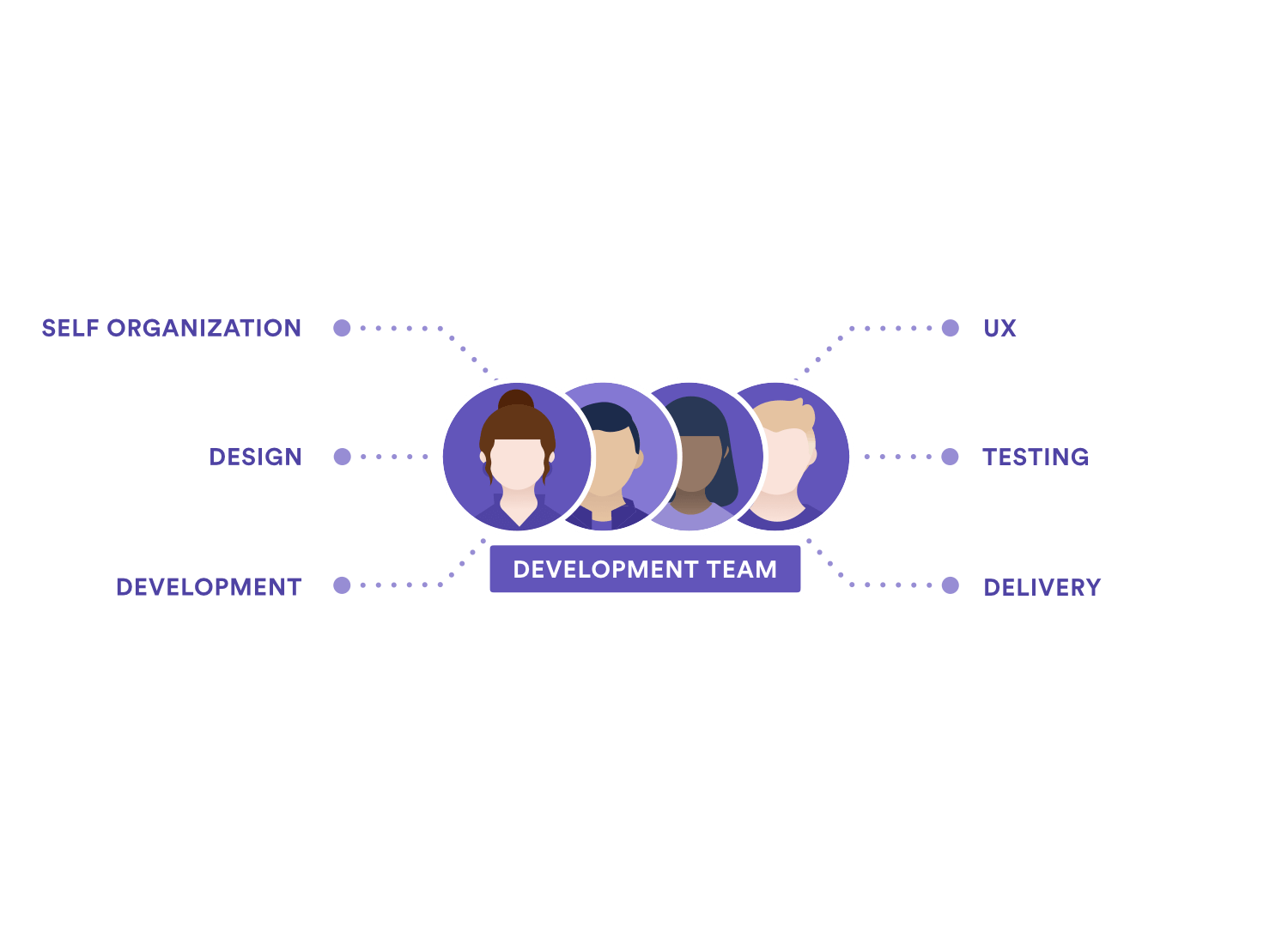
The development team should be able to self-organize so they can make decisions to get work done. Think of a development team as similar to a production support team that is called in during the night because something has gone wrong. The development team, like the production support team, can make decisions and deliver the fix/value for the problem at hand. Self-organization isn’t about disrespecting the organization, but rather about empowering the people closest to the work to do what’s needed to solve the problem.
The development team’s responsibilities include:
- Delivering the work through the sprint.
- To ensure transparency during the sprint they meet daily at the daily scrum ( sometimes called a standup). The daily scrum provides transparency to the work and provides a dedicated place for team members to seek help, talk about success and highlight issues and blockers. The scrum master might facilitate the daily scrum, but ultimately it is the responsibility of the development team to run this meeting. It is their meeting to help them, as a group, to inspect and adapt the work they are doing and work in a more effective way.
The product owner: Setting clear direction
Scrum product owners understand the customer and business requirements, then create and manage the product backlog based on those requirements. Since agile teams are, by design, flexible and responsive, it is the responsibility of the product owner to ensure that they are delivering the most value. The business is represented by the product owner who tells the development what is important to deliver. Trust between these two roles is crucial.
The product owner should not only understand the customer but also have a vision for the value the scrum team is delivering to the customer. The product owner also balances the needs of other stakeholders in the organization.
So the product owner must take all these inputs and prioritize the work. This is probably their most important responsibility because conflicting priorities and unclear directions will not only reduce the effectiveness of the team but also could break the important trust relationship that the business has with the development team.
Agile teams are designed to inspect and adapt. That means a change in priority may lead to a massive change to the team structure, work products, as well as the end result. It is, therefore, crucial for scrum teams to be successful and that only one person sets the priority. That person is the product owner.
The Scrum Guide defines the product owners responsibilities as:
- Managing the scrum backlog - This does not mean that they are the only one putting in new product backlog Items into the backlog. But ultimately they are responsible for the backlog that the development team pulls to deliver from. That means the product owner should know about everything that is in the backlog and other people that add items to the product backlog should ensure that they communicate with the product owner. We even offer a free scrum template that makes it easy to get your backlog up and running.
- Release management - The sprint is not a release cycle, but instead a planning cycle. That means that scrum teams can deliver at any time. Ideally, they would deliver frequently throughout the sprint allowing the sprint review to review real customer usage and feedback. However continuous delivery is not always possible and other release models are required. It is important for the product owner to know when things can and should be released.
- Stakeholder management - Any product will have many stakeholders involved ranging from users, customers, governance and organizational leadership. The product owner will have to work with all these people to effectively ensure that the development team is delivering value. That can mean a large amount of stakeholder management and communication.
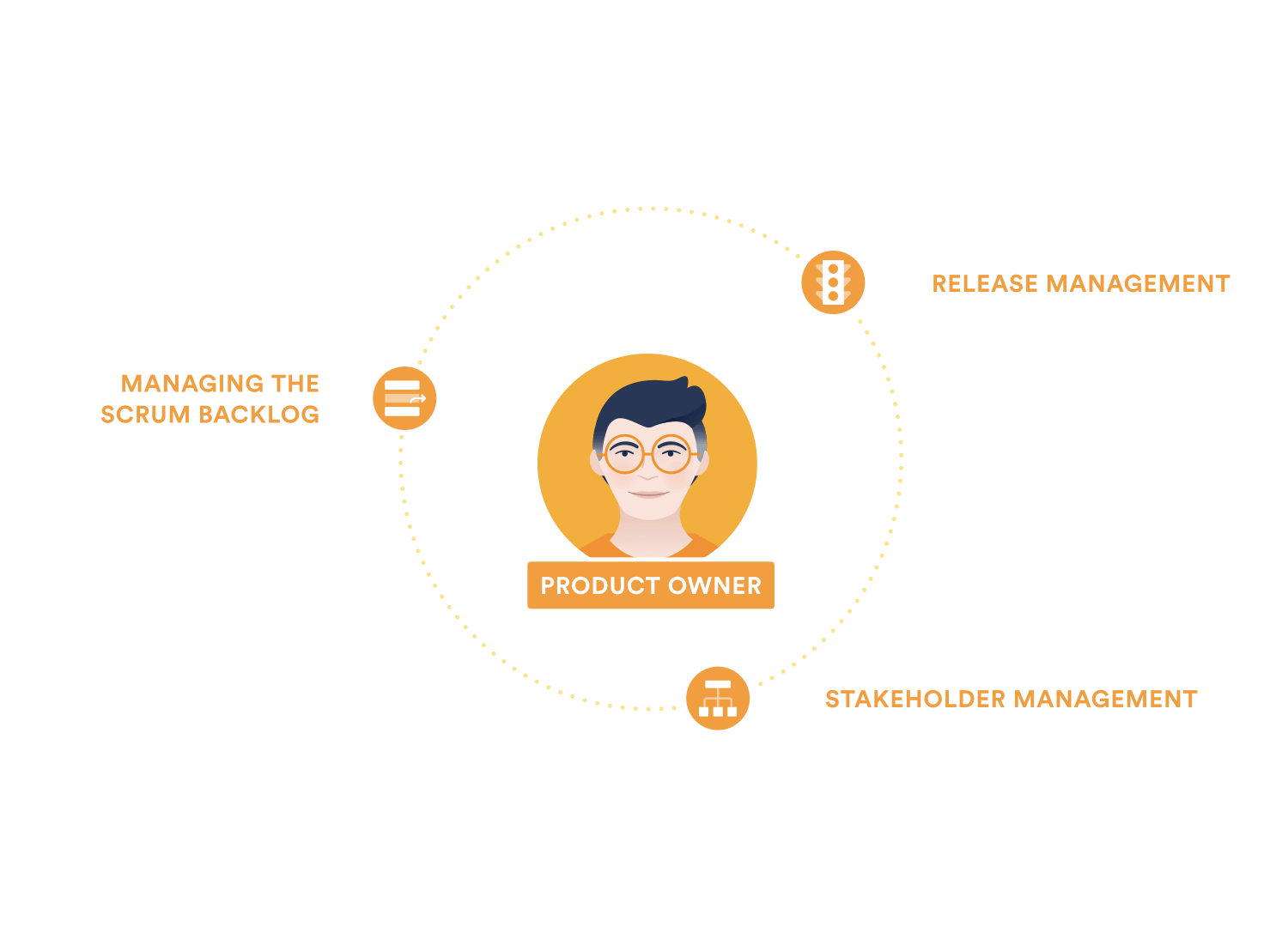
The scrum master: Holding it all together
The scrum master is the role responsible for gluing everything together and ensuring that scrum is being done well. In practical terms, that means they help the product owner define value, the development team deliver the value, and the scrum team to get to get better. The scrum master is a servant leader which not only describes a supportive style of leadership but describes what they do on a day-to-day basis.
They serve the product owner by helping them better understand and communicate value, to manage the backlog, help them plan the work with the team and break down that work to deliver the most effective learning. Serving the development team, the scrum master helps them self-organize, focus on outcomes, get to a “done increment,” and manage blockers. The scrum master also serves the organization at large, helping them understand what scrum is and create an environment that supports scrum.
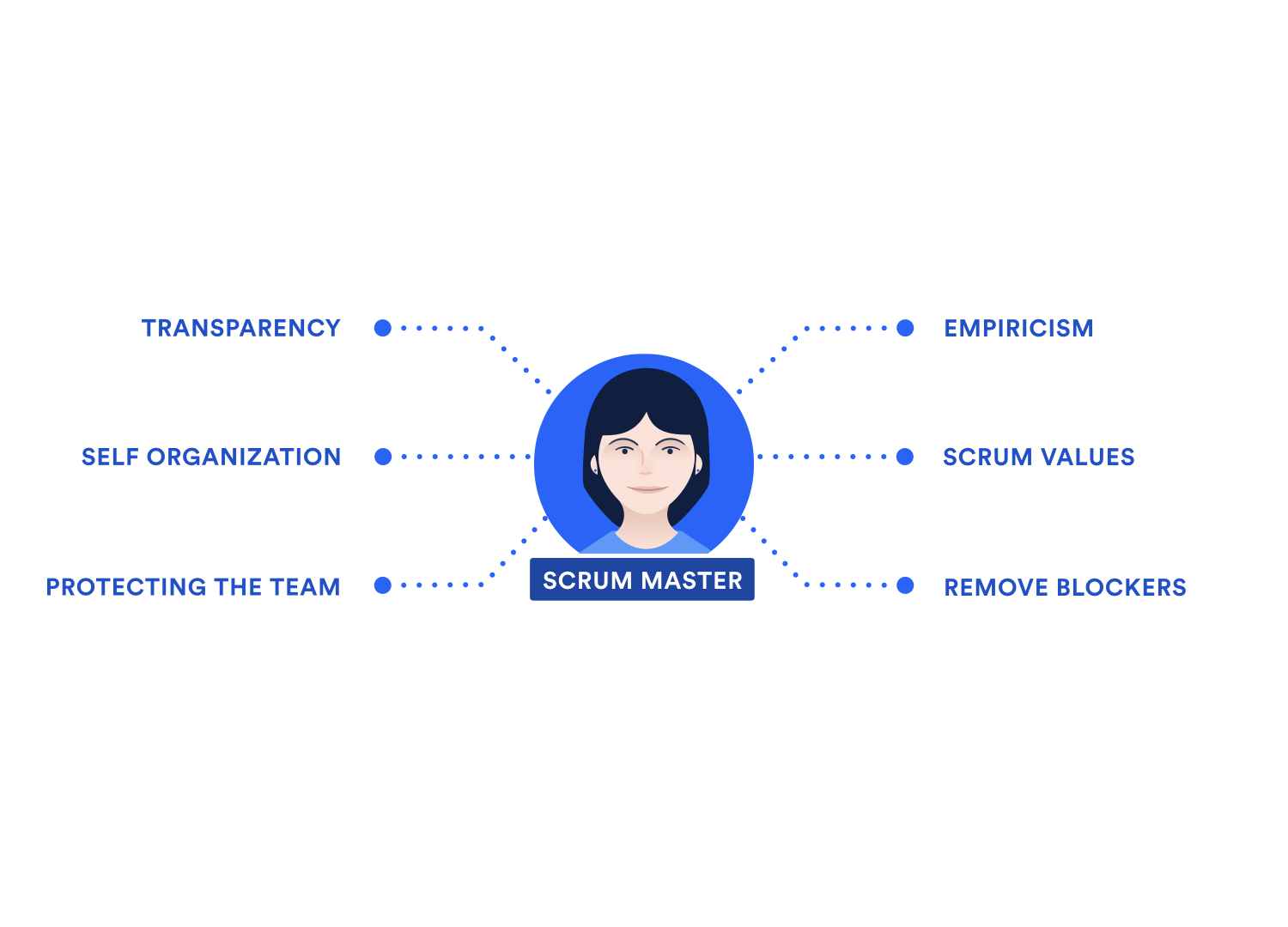
The scrum master focuses on:
- Transparency - To effectively inspect and adapt it is important that the right people can see what is going on. But this is actually much harder than it looks. The scrum master is tasked with ensuring that the scrum team works in a transparent way. Examples include creating story maps and updating Confluence pages with retrospective ideas.
- Empiricism - A fundamental for scrum and agile approaches the idea that the best way of planning is to do work and learn from it. The empirical process is not easy and requires the scrum master to coach the scrum team on breaking down work, describing clear outcomes, and reviewing those outcomes.
- Self-organization - Telling a development team they can self-organize does mean that the team will self-organize. In fact, self-organization comes over time and requires help and support. The scrum master will encourage team members to step outside their comfort zone and try different things and use practices such as ‘delegation poker’ to expose and challenge predefined ideas about role boundaries and responsibilities.
- Values - Scrum defines 5 values of courage, focus, commitment, respect, and openness not because they are nice to have, but because they create an environment of physiological safety and trust. This environment is necessary for agility to thrive. Following the values is the responsibility of everyone in the scrum team, but the scrum master takes an active role in encouraging and reminding everyone of the importance of those values.
The scrum master serves the product owner in sprint planning and sprint reviews, ensuring that value is clearly being described and direction set. They serve the development team in the daily scrum by ensuring that work is happening and that blockers are being removed. They also take responsibility for blockers that are outside of the team's ability to resolve. The scrum master ensures that every opportunity to improve is made transparent to the scrum team and the retrospective has a clear set of outcomes that can be executed.
Get started with agile scrum roles
The three scrum roles are pretty simple in describing the three major areas of responsibility on any scrum team, but often it is hard to map them to your own job title. So here is a starter:
- If you have lots of great skills for delivering customer value and that is what excites you, then you should be a scrum development team member. In fact, the team is the most important element of any agile organization as they actually deliver value to customers and stakeholders. That means that seniority is determined by how much you deliver value or help others do it.
- If you are passionate about the customer, managing stakeholders, and the business domain, then the product owner role would be best suited to your desires. In most organizations, this person needs to have the respect and trust of the business, so they can make decisions. The role also requires some level of politicking as you negotiate trade-offs and keep everyone happy.
- If you want to help teams work effectively together and also want to change the world with scrum and agile, then the scrum master role is for you; a very people-centric role with a heavy emphasis on coaching, teaching, and facilitation.
